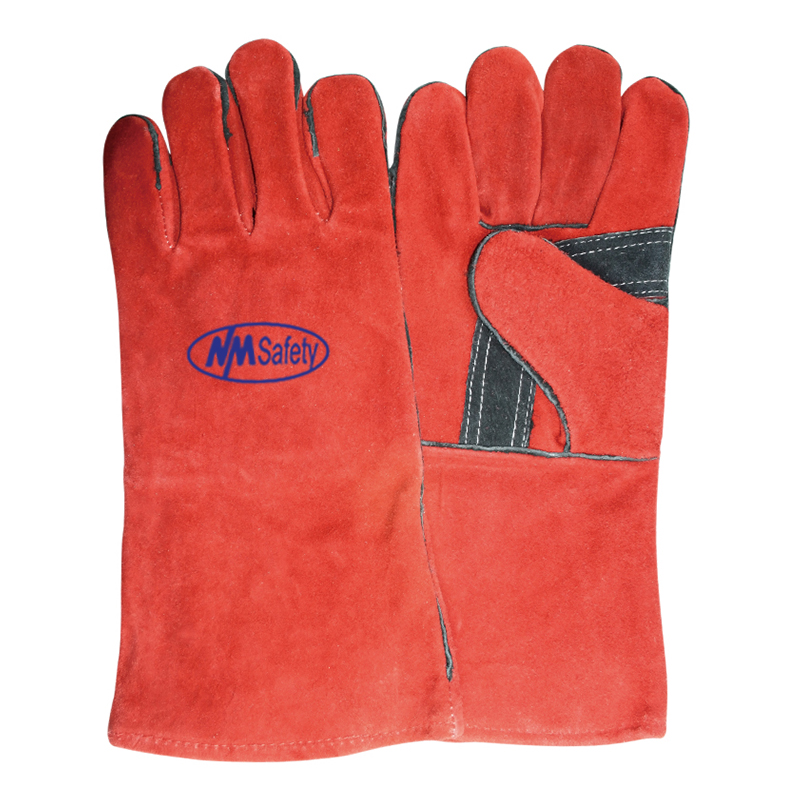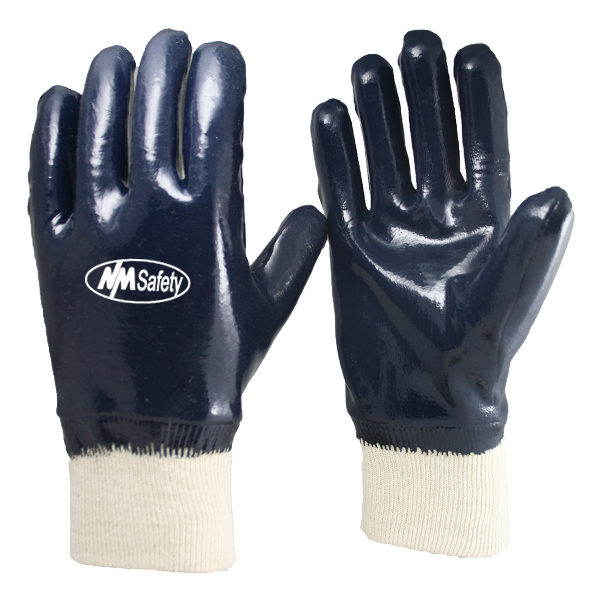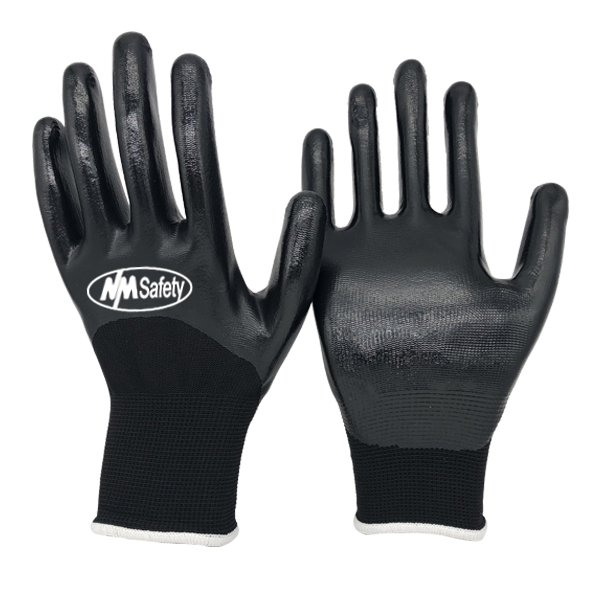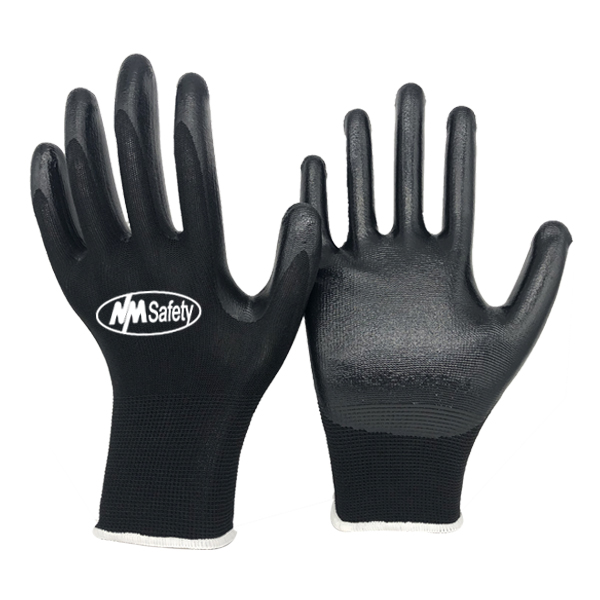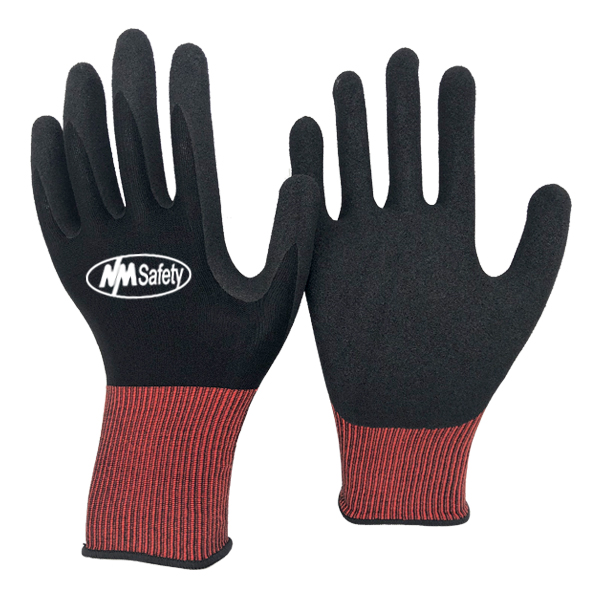Welding Gloves in Leather with Reinforced Palm: A reinforced palm offers superior grip and wears resistance. Car seats, elegant satchels, and motorbike jackets aren't the only things made of leather. This high-quality material is utilized in a wide range of products, including labor gloves. The benefits of these goods will be attested to by many people in a variety of professions. Leather gloves are still popular, even though you can protect your hands with various types of gloves.
As a result, instead of conventional leather work gloves, you might wish to try Reinforced Palm Leather Welding gloves. The substance is only on the palm in the latter, rather than all over. Reinforced Palm
The Advantages of a Leather Glove: Before we get into the benefits of a leather work glove, let's address the first question: why leather? After all, Welding gloves consisting of nitrile, polyurethane, latex, and even PVC are readily available.
Any of those materials can be used to construct good hand protection. Even so, leather can shine brightly above them. Here are just three of the many advantages of wearing these gloves.
Exceptional Tensile Strength: Leather is manufactured from the tanning of animal hides, in case you didn't know. Tanners remove the hairs from these skins and treat them with a variety of chemicals before they rot. This technique halts the breakdown process, and by the end, nearly everything that made the meat is gone. The dethe licate and squishy pelt are transformed into a new, much tougher material. The most obvious advantage of wearing leather clothing is that it is more difficult to tear, let alone tear through to your skin. For this reason, many motorcycle riders dress in leather jackets, pants, and boots. They can be used in the same way that PPE can. Leather gloves' strong tensile strength may save your hide if you deal with sharp instruments.
Resistance to abrasion and heat: At first look, tensile strength and abrasion resistance appear to be the same. Both suggest that the hand can be protected from uncomfortable touch with the environment. The former refers to how far a material may be stretched before it breaks. The latter refers to how easily it can be worn down by contact with harder surfaces. Abrasion resistance is strong in leather in general.
When it comes to resistance, leather — especially 100 percent genuine leather — is also resistant to heat. It's not even easy to set fire to. This isn't a call to put your gloved hand into a flame. This isn't to say that if you put your hands on a hot burner, you won't feel anything.
Greater versatility: By now, you should have figured out that leather is tough. Anything that can prevent cutting, grinding, and high heat is not to be dismissed. It's logical to believe that all of this toughness results in a rigid substance. This assumption, on the other hand, is incorrect. Although leather is not as flexible as the original animal skin, it is nevertheless extremely bouncy.
In a work glove, flexibility is crucial. If your employment requires you to wear gloves, you should be able to bend your fingers and grip things as needed. If you have more freedom to move around, you'll be able to work more effectively - and safely.
'What's the deal with the leather palm? An old joke wonders why airplane builders don't just make the entire aircraft out of the same nearly durable material as the black box. The straightforward answer is that it would be too heavy to fly. In other words, the producer used various materials in regions where their unique properties would be most beneficial.
Leather palm Welding gloves follow the same principle. Now that you've seen three reasons to use leather in general, here are two more reasons to use leather work gloves.
Improved Breathability: Every biological element of an animal's skin is removed throughout the tanning process. The pores, which allowed the skin to breathe, are included in this. A feature like this isn't required for a piece of the garment fabric. Even so, when one's surroundings are heated, it can be uncomfortable. Although leather has excellent heat resistance, this attribute may not be enough to keep it from feeling constrictive and tight.
The palm is made of leather, while the rest of the hand is made of more breathable material. After all, the palm will see the most action and, as a result, will require the greatest protection. If the rest of the hand is less vulnerable to abrasion and wounds, there's no reason to use leather elsewhere. This is an example of using the proper materials in the most advantageous portions, similar to the black box example.
The reason behind using Cow Split Leather Welding Gloves: Suede is a type of split leather work glove most often associated with larger animals like cows. Because leather is so thick when it is extracted from an animal's skin, the first step is to slice it cross-sectionally into layers. "Split-leather" is the term for the bottom layer. Split leather Welding gloves have several advantages:
- Synthetic products try but fail to equal natural materials' abrasion resistance.
- Because of its strong strands and how they intertwine, cow-split leather is abrasion-resistant.
- Split cow leather is extremely puncture resistant.
- When compared to other varieties of leather, Split-Leather stands out.
- It resists water better than grain leather.
Conclusion: Overall, the ideal welding gloves will differ from one individual to the next. Which option you choose will be determined by the type of welding you'll be doing. Consider the distinctions between TIG, MIG, and stick welding, as well as the safety precautions you should take. Is it more important to guard against heat, splattering, or cuts? All of these things could need a lot of security. While the level of protection provided by each pair of gloves is important, don't overlook how well they'll do their purpose. Take the price into consideration as well. Keep these things in mind while you shop for welding gloves, and find the right balance for you. If you do so, you will be both happy and safe. NMSafety is dedicated to the safety of workers' hands in the workplace.





